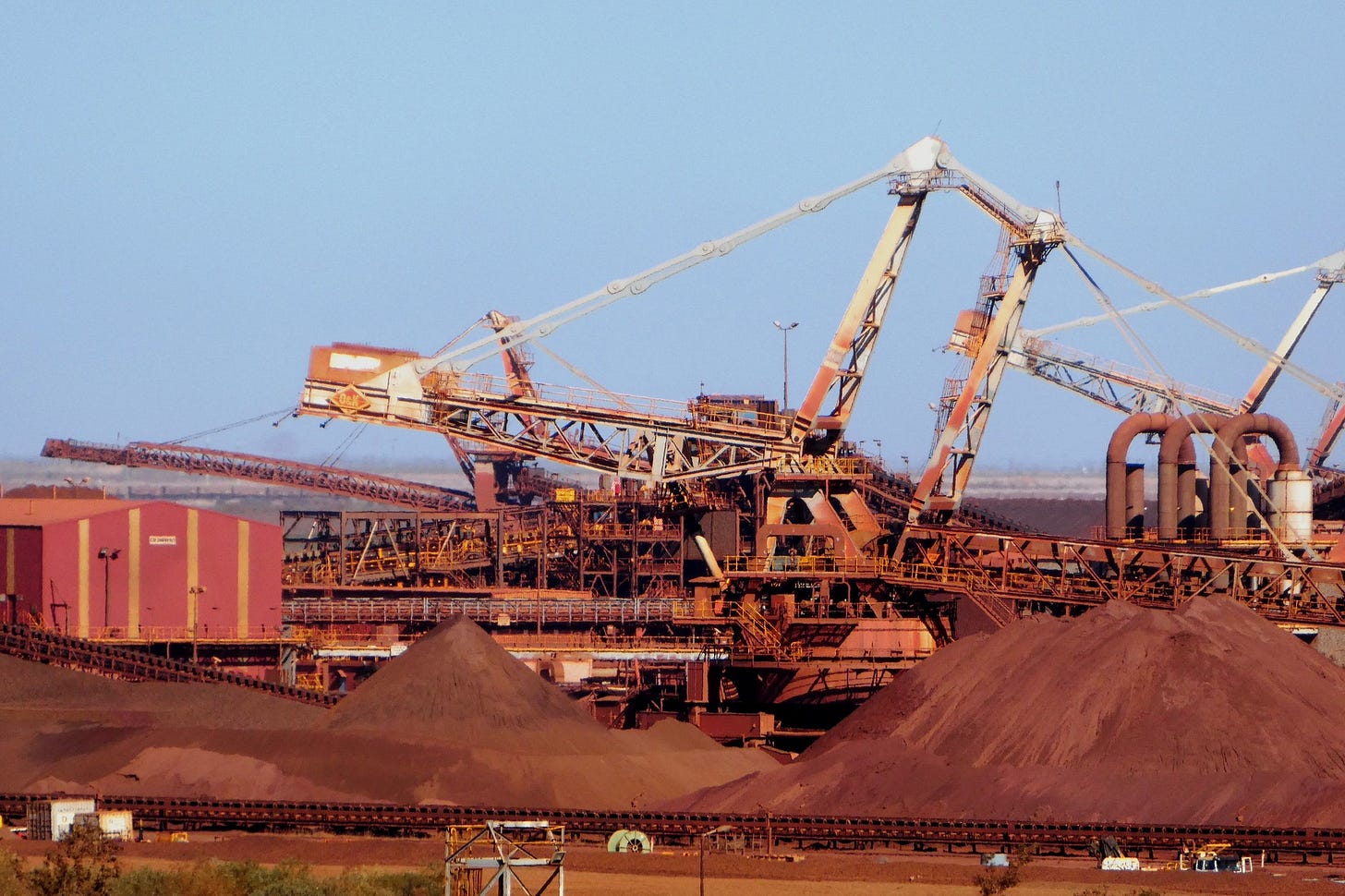Keep digging
Rare earths help Australia get lucky again
You don’t have to be married to one of their kind or be among the seemingly several million Brits living within flip-flop distance of Manly Beach to be thinking a lot about the Aussies these days. Each of their six foot something, 90mph-plus bowlers could go down with ever more mysterious injuries and England would still contrive to lose to them at cricket. Australia isn’t called the “The Lucky Country” for nothing.
Except, of course, that quote sits comfortably atop my list of phrases that mean the opposite of what we think. Donald Horne, who coined the term for his 1964 book of the same name, intended something quite different:
Australia is a lucky country run mainly by second rate people who share its luck. It lives on other people’s ideas, and, although its ordinary people are adaptable, most of its leaders (in all fields) so lack curiosity about the events that surround them that they are often taken by surprise.
This isn’t supposed to be a ‘gotcha’. First, because I have very much learned my lesson when it comes to these things.
But more to the point, I haven’t witnessed much of anything that is second-rate about the place. And its prosperity certainly isn’t all down to luck. You don’t enjoy a 30-year run without a technical recession — one of the longest in modern economic history — on good fortune alone and geography alone. Under prime ministers Bob Hawke, Paul Keating and John Howard, the country underwent successive reforms that made its labour market more flexible, its economy more productive and its banking sector more resilient to global shocks.
Nevertheless, while I don’t quite subscribe to the Gary Player theory of life, whereby “the more I practice, the luckier I get”, there is something to be said for an economy predicated on digging stuff out of the ground. God may not be building more land, but that’s in part because he already stuffed quite so much useful material underneath the Australian continent.
I Me Mine
More than 40,000 years before European settlement, First Nations people had been mining for ochre — often used for art and religious practices — as well as stone to gather and prepare food. Coal was discovered at Newcastle, roughly 90 miles north of Sydney, in 1797, becoming Australia’s first commercial mineral industry and helping to power the colony’s early industry and shipping.
Keep reading with a 7-day free trial
Subscribe to Lines To Take to keep reading this post and get 7 days of free access to the full post archives.




